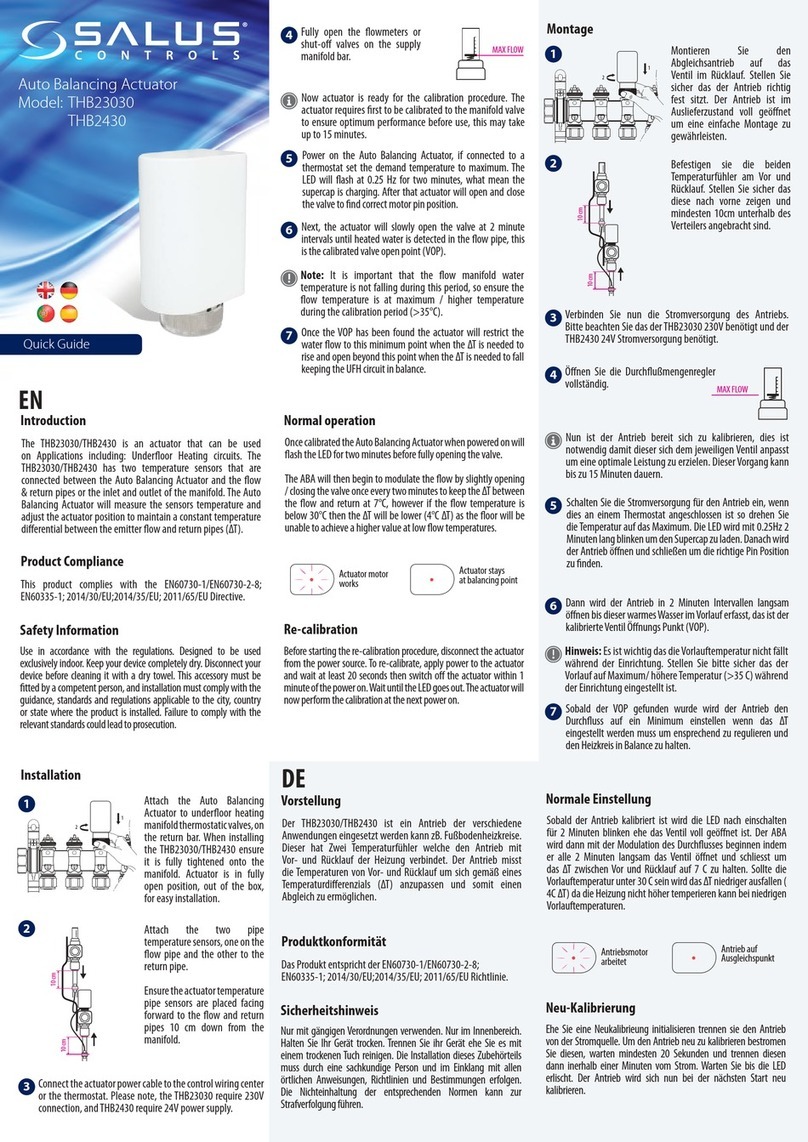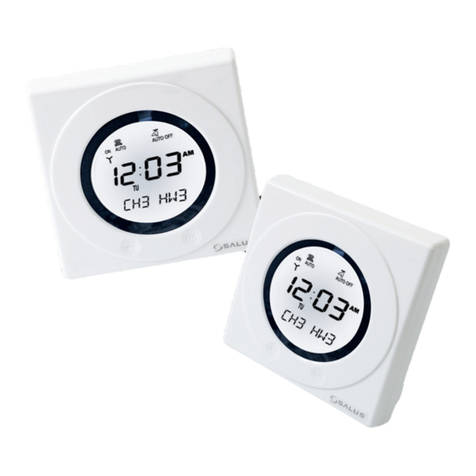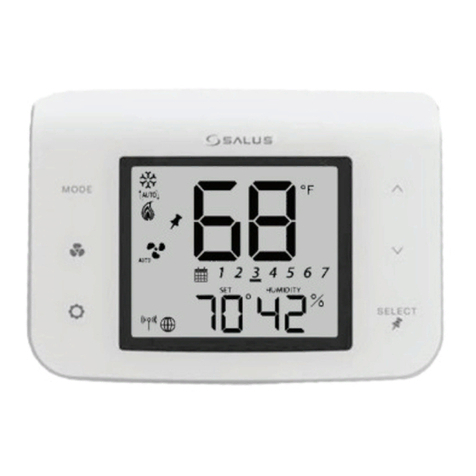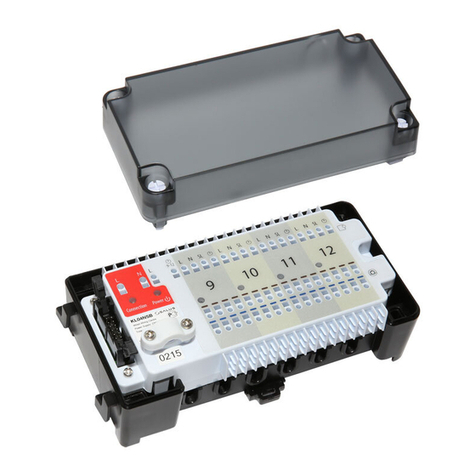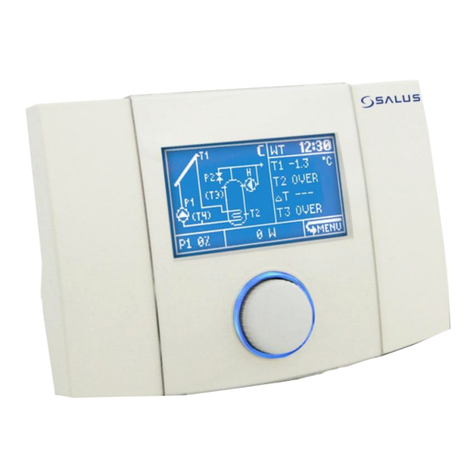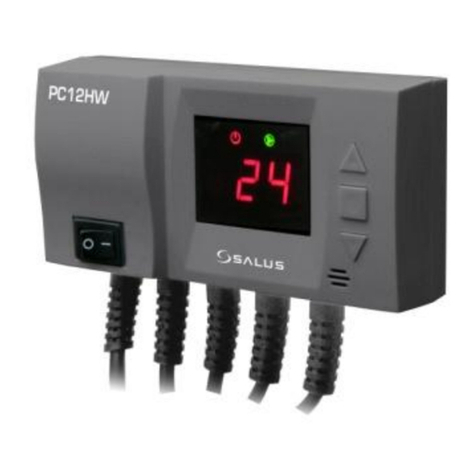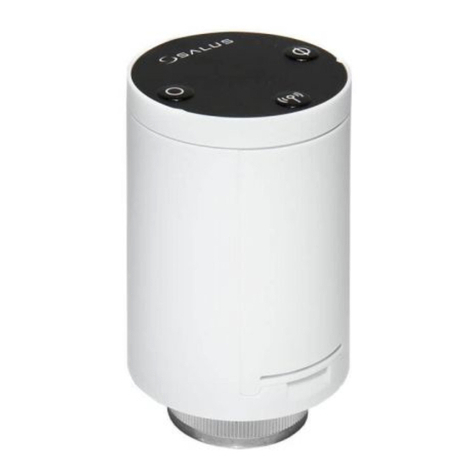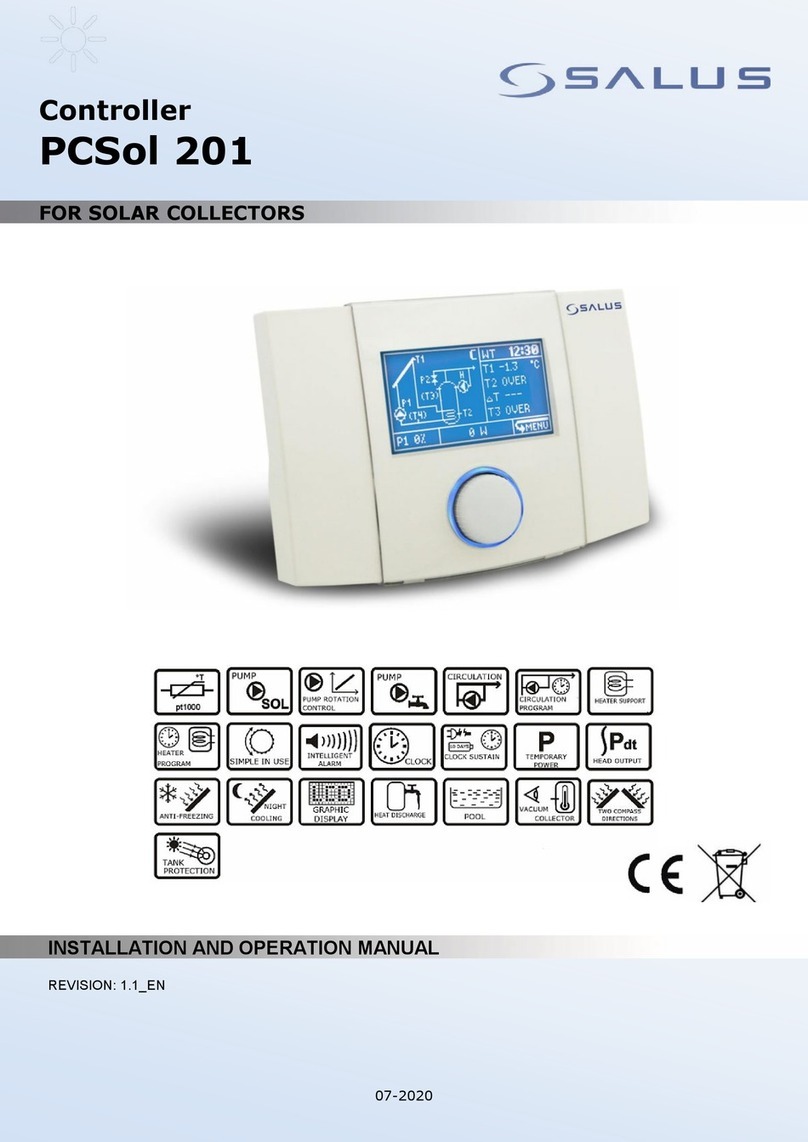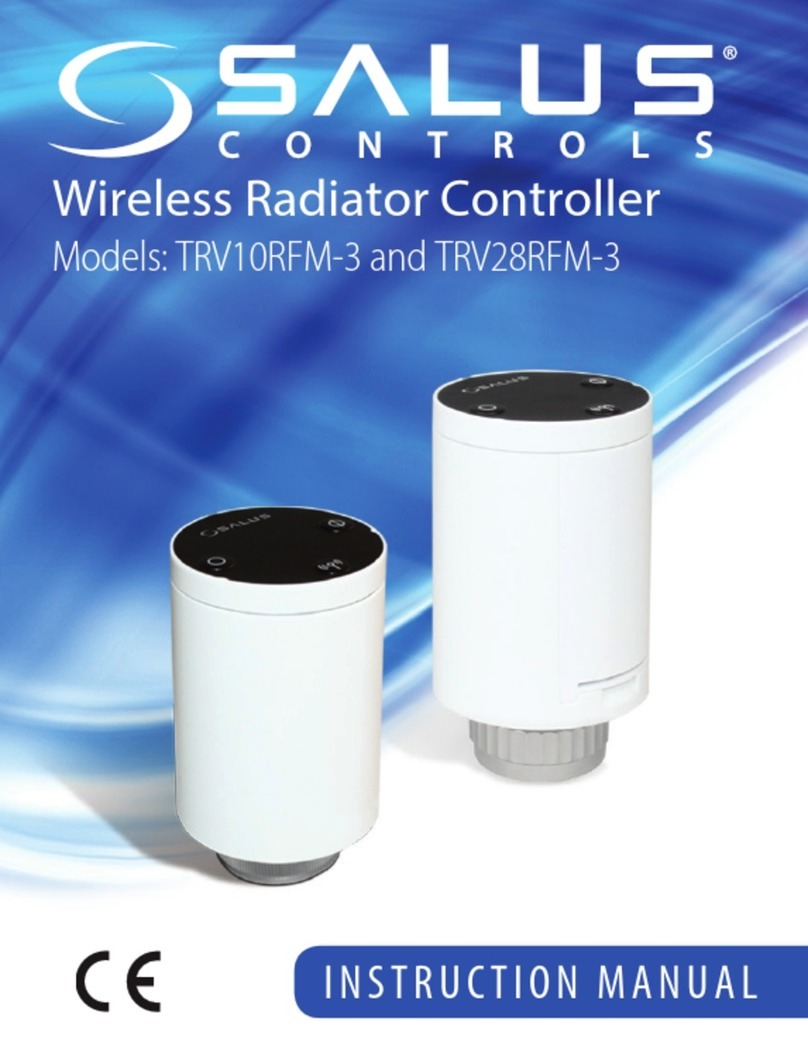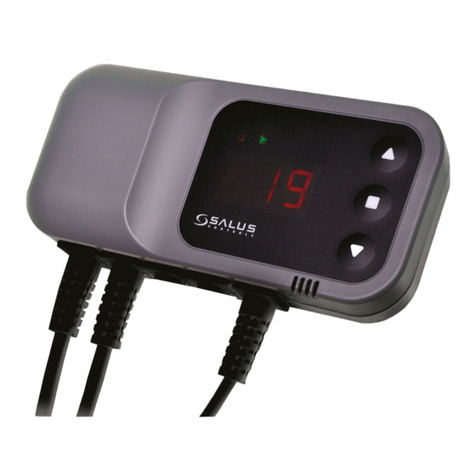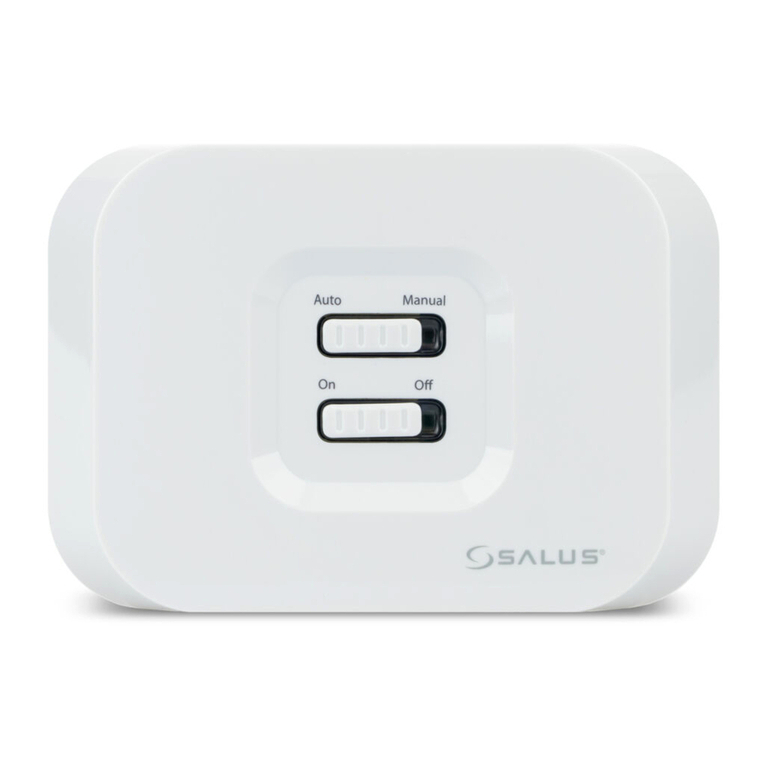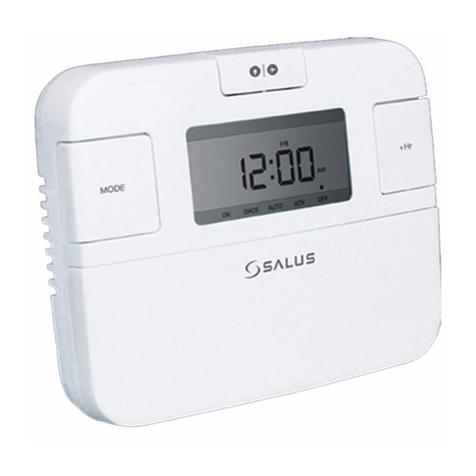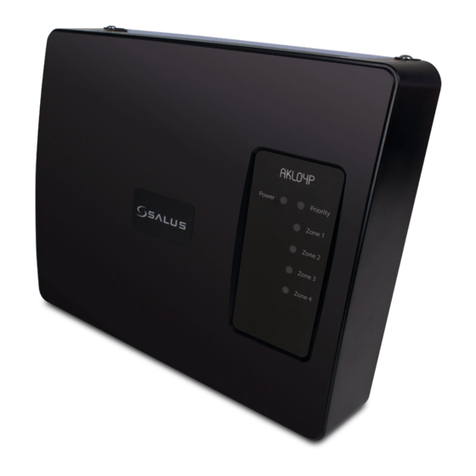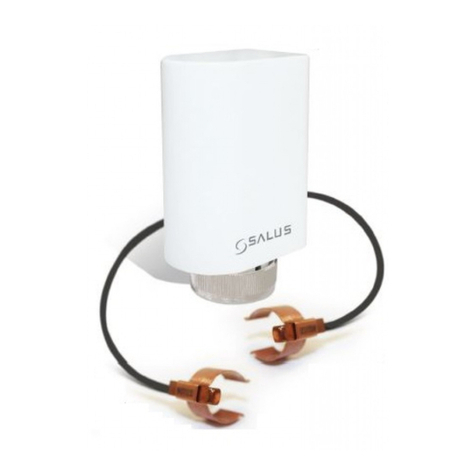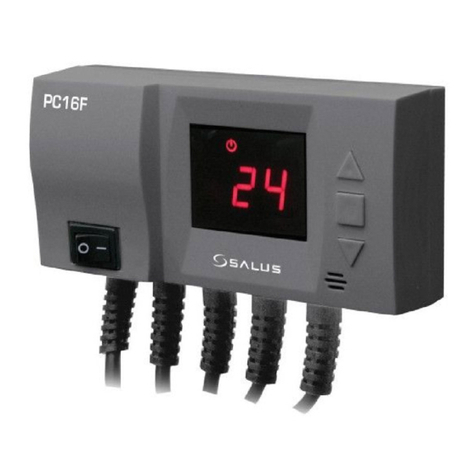Contents
1.
SAFE INSTALLATION AND USE .....................4
2.
GENERAL ....................................................4
3.
DIRECTIVE WEEE 2002/96/EC......................5
4.
DOCUMENT KEEPING ...................................5
OPERATING MANUAL 7
5.
OPERATION ................................................8
5.1.
Temperature display .............................8
5.2.
Screen navigation .................................8
5.3.
Temperature presets.............................9
5.3.1.
TsDHW ............................................9
5.3.2.
TCOLmin ..........................................9
5.3.3.
TCOLcr ............................................9
6.
CONTROLLER SETTINGS CHANGE -OPTIONS .9
6.1.
Setting of deltas
4÷
14.................... 10
6.2.
Critical temperature alarm AL .............. 10
6.3.
Maximal DHW temperature - Max85÷9510
7.
CONTROLLER OPERATING ALGORITHM ....... 10
8.
ALARMS.................................................... 11
9.
SWITCHING OFF ....................................... 12
9.1.
Test of unit ........................................ 12
INSTALLATION MANUAL 13
10.
TECHNICAL DATA ...................................... 14
10.1.
Elements of the set............................. 14
11.
INSTALLATION .......................................... 14
11.1.
Installation of the controller ................ 14
11.2.
External circuits connection ................. 15
12.
DIAGRAM OF CONNECTIONS...................... 16
12.1.
Basic diagram of connections............... 16
12.1.1.
Use of connectors............................ 17
12.1.2.
Power supply connection .................. 17
12.1.3.
Temperature sensor connection......... 17
13.
HOW TO CLOSE CASING ............................ 18
14.
FUSE REPLACEMENT .................................. 19
15.
TROUBLESHOOTING .................................. 20
List of Figures
Fig. 2.1 Functional diagram ............................................. 4
Fig. 5.1 Controller screen ................................................ 8
Fig. 5.2 Collector temperature display. ............................. 8
Fig. 5.3 Reservoir temperature display.............................. 8
Fig. 5.4 Screen navigation. .............................................. 8
Fig. 6.1 Controller option setting/checking .......................10
Fig. 9.1 Identifying software version................................12
Fig. 11.1 How to open casing panel .................................14
Fig. 11.2 Incorrect method of casing opening ...................15
Fig. 11.3 Inside view with terminals ................................15
Fig. 12.1 Diagram of connections ....................................16
Fig. 12.2 Using clamped terminals...................................17
Fig. 12.3 Power supply connection...................................17
Fig. 12.4 Connection of temperature sensors ....................18
Fig. 13.1 Casing closing first step ....................................18
Fig. 13.2 Casing closing second step................................18
Fig. 14.1 Fuse replacement ............................................19
Fig. 15.1 Casing drawing for installation aid .....................21
